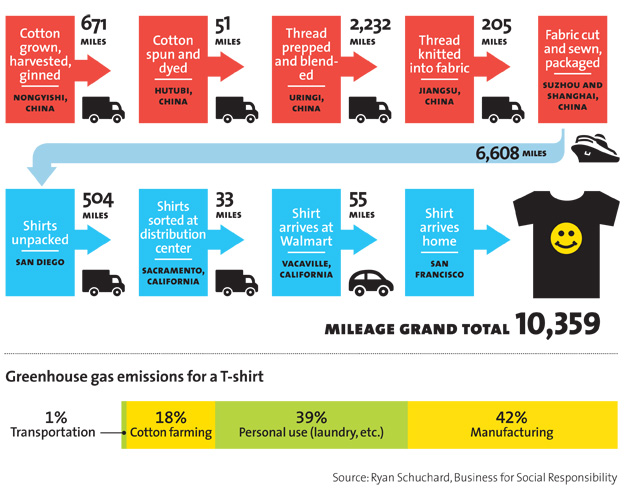 One of the first things I read in law school was I Pencil, an essay that describes how a pencil, such a simple item, can only be assembled based on inputs from countless source across the globe driven by the invisible hand. There is no “master mind” that creates it. People take for granted how interconnected our society is, and how all aspects of our lives are premised on free trade and exchanges.
One of the first things I read in law school was I Pencil, an essay that describes how a pencil, such a simple item, can only be assembled based on inputs from countless source across the globe driven by the invisible hand. There is no “master mind” that creates it. People take for granted how interconnected our society is, and how all aspects of our lives are premised on free trade and exchanges.
This article in the Times focuses on the Faber-Castell company that manufactures pencils. They bring together, at the final stage all of the countless supplies and suppliers who make these product possible. This process is simply remarkable to me. The article stresses how this high-tech German factory is staffed by Germans. Great! But where do their raw supplies from? The wonders of I Pencil will explain that.
A somewhat related story is a piece from Mother Jones titled, “How Many Sweatshops Does It Take to Make This T-Shirt?”
This chart is part of Mother Jones‘ investigation into Walmart’s much-praised green makeover, for which reporter Andy Kroll traveled to China, the home of many of the retail giant’s manufacturers. He found that although Walmart claims to be monitoring its factories’ compliance with environmental and labor rules, its auditing system is plagued by corruption. What’s more, many factories outsource more than half their work to “shadow” factories—unregulated operations that auditors never visit at all.
Of course, this is the other way to look at I, Pencil. All of the pieces of rubber, graphite, and metal, that are being mined for this immaculate German factor come from some really rough parts of the globe, where sweat shots, and no doubt child labor, are being used.
I will link also to a recent post at Cato, titled “Bans on Child Labor.”
Only a heartless libertarian could possibly object to bans on child labor, right? After all, no one wants to live in some Dickensian dystopia in which children toil endlessly under brutal conditions.
Unless, of course, bans harm, rather than help, both children and their families. And in anew working paper, economists Prashant Bharadwaj (UCSD), Leah Lakdawala (Michigan State), and Nicholas Li (Toronto), find just that. They
… examine the consequences of India’s landmark legislation against child labor, the Child Labor (Prohibition and Regulation) Act of 1986. … [and] show that child wages decrease and child labor increases after the ban. These results are consistent with a theoretical model … in which families use child labor to reach subsistence constraints and where child wages decrease in response to bans, leading poor families to utilize more child labor. The increase in child labor comes at the expense of reduced school enrollment.
And it gets worse. The authors
… also examine the effects of the ban at the household level. Using linked consumption and expenditure data, [they] find that along various margins of household expenditure, consumption, calorie intake and asset holdings, households are worse off after the ban.
Good intentions are just that; intentions, not results. The law of unintended consequences should never be ignored.